Every major tourist destination has those restaurants that seem perfect from the outside — prime locations, beautiful views, and menus that promise authentic local cuisine. Unfortunately, these establishments often prioritize location over food quality, charging premium prices for mediocre meals while banking on their steady stream of unsuspecting visitors who are unlikely to return or leave negative feedback.
Here is a list of 14 restaurant tourist traps that you should steer clear of during your travels.
Times Square Chain Restaurants, New York City

The Olive Garden, TGI Friday’s, and Applebee’s locations in Times Square charge nearly double their suburban prices for the same microwaved meals you can get anywhere in America. These places exist purely to catch overwhelmed tourists who don’t realize they’re paying Manhattan rent prices for chain restaurant food that costs half as much in New Jersey.
The irony is that some of the world’s best restaurants are within walking distance, but visitors get trapped by familiar logos and English menus.
Hard Rock Cafe Locations Worldwide
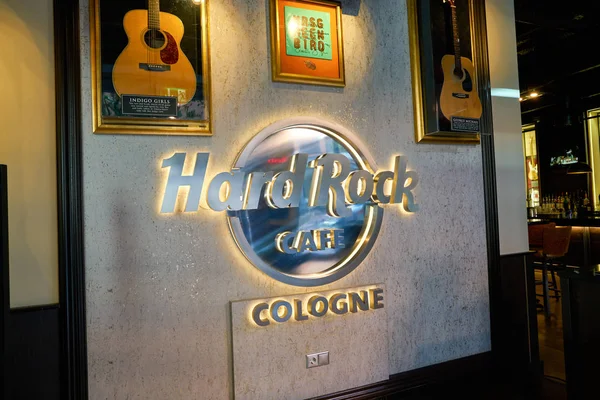
Every Hard Rock Cafe serves the same overpriced American bar food regardless of whether you’re in London, Tokyo, or Marrakech, completely ignoring the incredible local cuisine available just outside their doors. The novelty of rock memorabilia doesn’t justify paying $25 for a basic burger that tastes like it came from a frozen food distributor.
You’re essentially paying premium prices to eat American chain food while traveling internationally, which defeats the entire purpose of experiencing different cultures through their cuisine.
Like Travel Pug’s content? Follow us on MSN.
Restaurants Near the Eiffel Tower, Paris
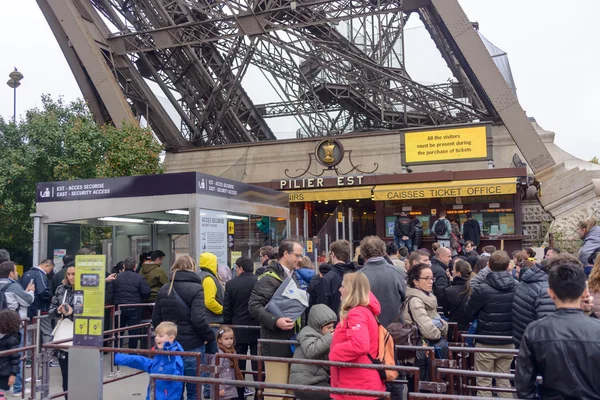
Any restaurant within three blocks of the Eiffel Tower charges tourist prices for reheated frozen meals while serving wines that cost more per glass than entire bottles elsewhere in the city. These establishments know they have a captive audience of visitors who prioritize convenience over quality, so they can get away with serving cafeteria-level food at fine dining prices.
The view of the tower doesn’t make up for paying $40 for pasta that tastes like it came from a microwave.
Fisherman’s Wharf Seafood Restaurants, San Francisco
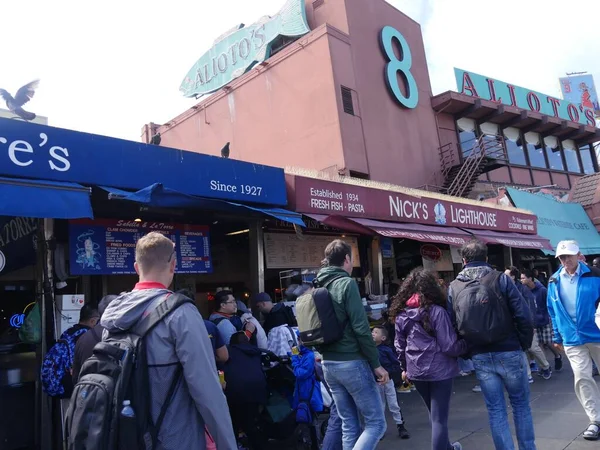
The waterfront restaurants here serve frozen seafood shipped from other states while charging premium prices for ‘fresh local catch’ that’s often days old and poorly prepared. Most of these establishments focus more on their touristy atmosphere and souvenir shops than actual cooking, resulting in overpriced fish that locals wouldn’t recommend to anyone.
You’ll pay three times the normal price for crab that’s been sitting under heat lamps for hours, destroying any flavor it might have had originally.
Covent Garden Chain Restaurants, London
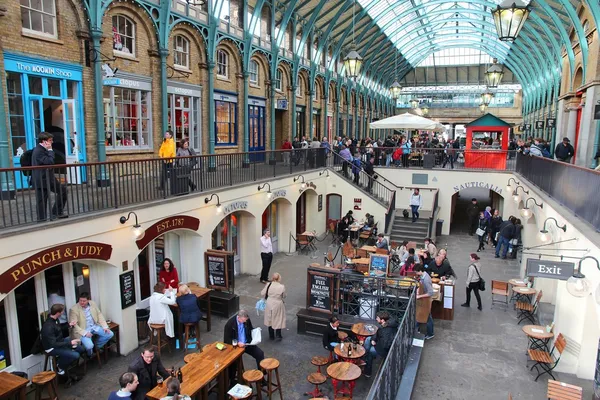
The restaurants surrounding Covent Garden’s market charge inflated prices for generic European fare while trading on the area’s historic charm rather than any culinary merit. These places serve mass-produced food that’s designed to appeal to international tourists rather than showcase anything distinctly British or even particularly good.
You’ll end up paying London theater district prices for meals that taste like they were prepared in a factory and reheated on-site.
Like Travel Pug’s content? Follow us on MSN.
Restaurants on Las Ramblas, Barcelona
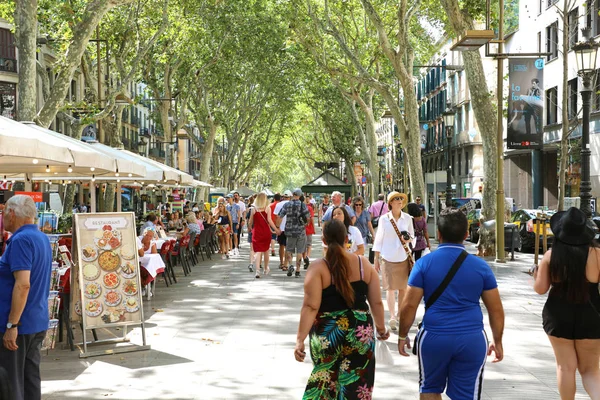
Every restaurant along this famous pedestrian street serves overpriced paella made with cheap rice and artificial saffron coloring, banking on tourists who don’t know what authentic Spanish food should taste like. The paella often sits under heat lamps for hours, developing a rubbery texture that’s nothing like properly prepared Spanish rice dishes.
These establishments charge premium prices while serving food that would embarrass any self-respecting Spanish grandmother.
Vatican City Area Restaurants, Rome
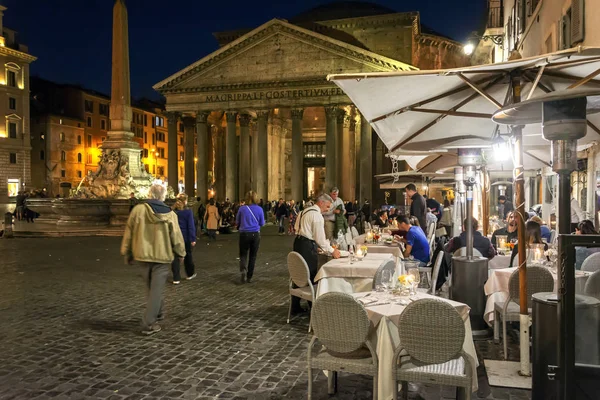
The restaurants within a half-mile of Vatican City charge premium prices for microwaved pasta and jarred sauce while marketing themselves as authentic Italian trattorias. These places know that exhausted tourists will pay anything for a nearby meal after hours of walking through museums, so they serve overpriced food that tastes nothing like real Italian cuisine.
You’re better off buying a sandwich from a convenience store than paying restaurant prices for pasta that comes from a box.
Bourbon Street Restaurants, New Orleans
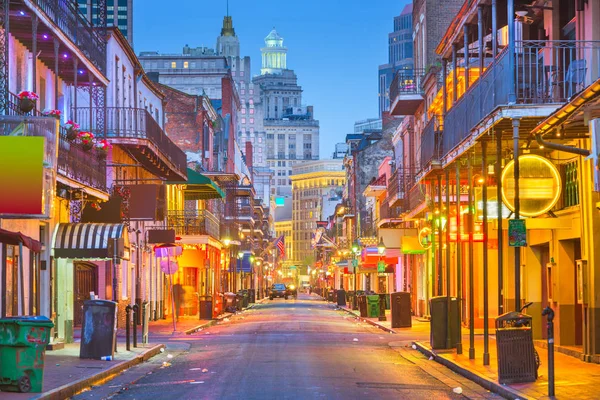
Most restaurants on Bourbon Street serve frozen, mass-produced versions of Creole classics while charging premium prices for food that bears no resemblance to authentic New Orleans cuisine. These establishments prioritize quick turnover and high profit margins over the complex flavors and careful preparation that define real Louisiana cooking.
The jambalaya tastes like seasoned rice, and the gumbo comes from industrial-sized cans rather than the slow-simmered roux that makes this dish special.
Like Travel Pug’s content? Follow us on MSN.
Hollywood Boulevard Themed Restaurants, Los Angeles
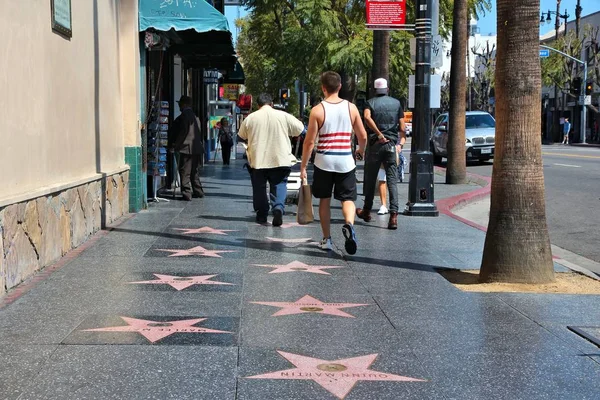
The celebrity-themed restaurants along Hollywood Boulevard charge movie-star prices for basic American food while relying on their gimmicky decor to distract from terrible cooking. These places serve overpriced burgers and salads that would be mediocre even at normal prices, but they get away with it because tourists pay for the novelty of eating where celebrities allegedly dine.
The food quality is so poor that most actual celebrities wouldn’t be caught dead eating there.
Piccadilly Circus Area Restaurants, London
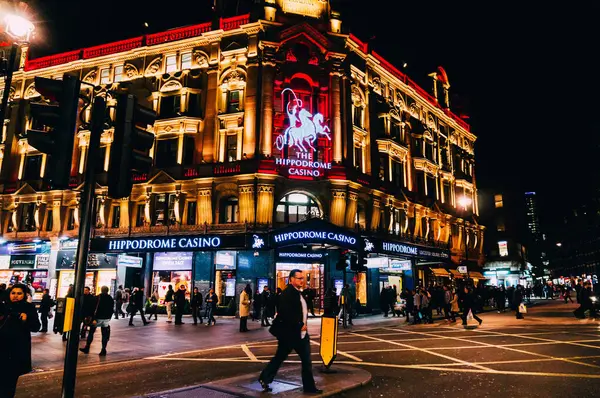
The restaurants around Piccadilly Circus serve overpriced international fusion cuisine that manages to butcher multiple culinary traditions simultaneously while charging premium prices for the privilege. These establishments try to appeal to every possible tourist palate by offering watered-down versions of dishes from around the world, resulting in menus where nothing tastes authentic or perfect.
You’ll pay West End theater prices for Asian-Italian-Mexican fusion food that would fail in any of those individual cuisines.
Checkpoint Charlie Restaurants, Berlin
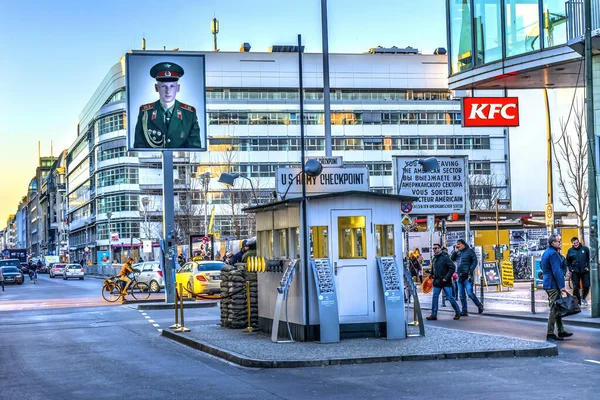
The restaurants near this former border crossing charge inflated prices for generic German food while trading on the area’s historical significance rather than any culinary expertise. These places serve overpriced schnitzel and sausages that taste like they came from a factory, completely missing the hearty, well-prepared comfort food that defines good German cuisine.
The historical location doesn’t justify paying premium prices for food that would be considered substandard at a German gas station.
Like Travel Pug’s content? Follow us on MSN.
Red Light District Restaurants, Amsterdam
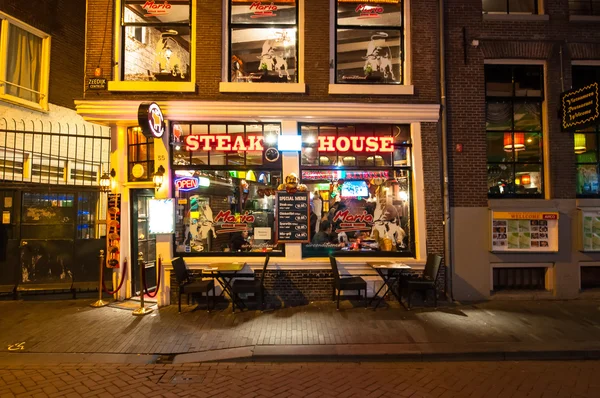
The restaurants in Amsterdam’s famous Red-Light District charge tourist prices for basic European café food while banking on visitors who are distracted by the area’s other attractions. These establishments serve overpriced sandwiches and simple dishes that cost twice what they should, knowing that people aren’t there for the food anyway.
The novelty of the location can’t mask the fact that you’re paying premium prices for food that wouldn’t impress anyone if it were served elsewhere.
Via del Corso Restaurants, Rome
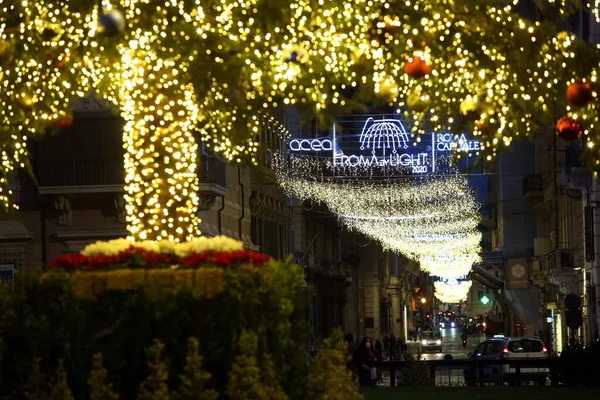
The restaurants along this major shopping street serve overpriced tourist versions of Italian classics while charging premium prices for food that locals wouldn’t consider authentic Italian cuisine. These places focus more on quick service and high turnover than proper cooking techniques, resulting in pasta dishes that taste like they were prepared in a microwave rather than a proper kitchen.
You’ll pay three times what Romans pay for pasta that tastes nothing like what Italian grandmothers make.
Champs-Élysées Restaurants, Paris
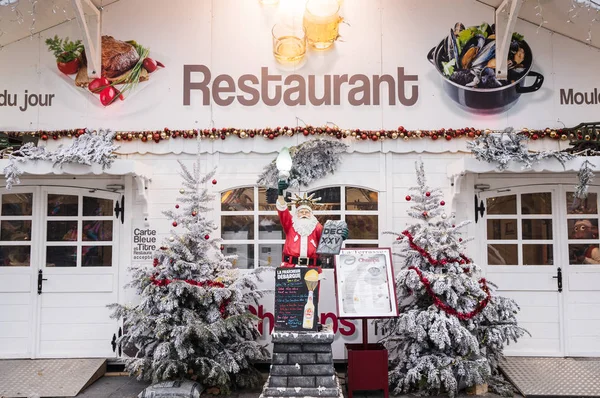
The restaurants along Paris’s most famous avenue charge premium prices for generic French café food while trading on their prestigious address rather than any culinary skill. These establishments serve overpriced croissants, salads, and basic bistro fare that costs three times what it should, banking on tourists who assume an expensive location equals quality food.
You’ll pay luxury shopping district prices for café food that would be considered mediocre even at normal Parisian prices.
Like Travel Pug’s content? Follow us on MSN.
Where Tourism Killed Cuisine
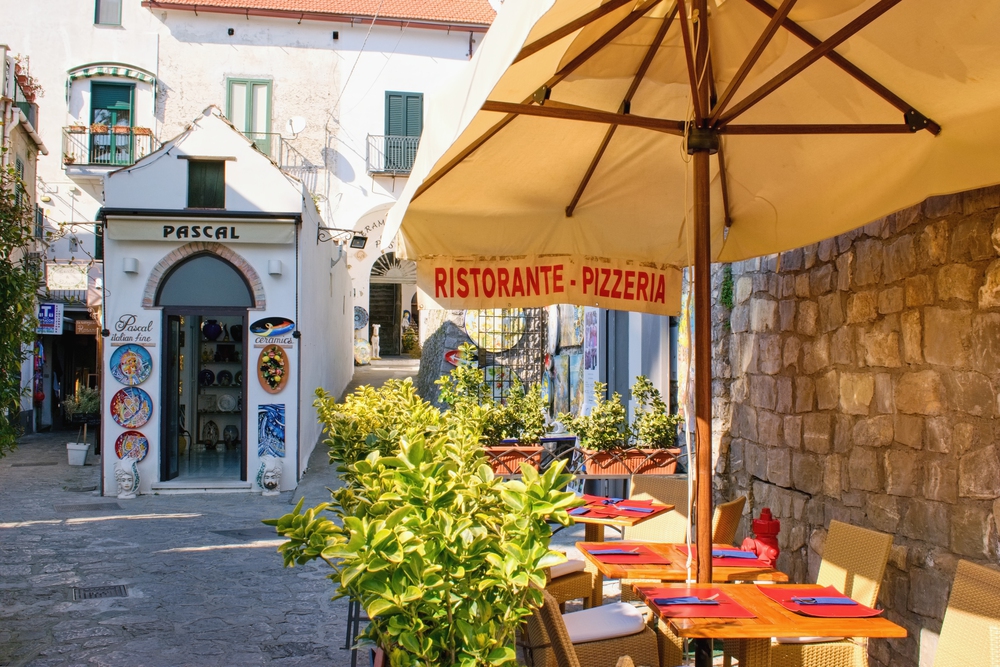
These restaurant traps represent the unfortunate reality of how prime tourist locations often become culinary dead zones where authentic food culture gets replaced by profit-maximizing operations designed to extract money from visitors who’ll never return. The restaurants that survive in these high-rent, high-traffic areas are those that can afford the location costs by cutting corners on ingredients and preparation while charging premium prices to tourists who don’t know any better.
Smart travelers have learned to walk a few blocks away from major attractions to find restaurants where locals eat, because authentic cuisine rarely survives in places where the rent is paid by tourist foot traffic rather than repeat customers who demand genuine quality. The real tragedy isn’t just the bad meals and wasted money, but the missed opportunities to experience the incredible food cultures that these tourist traps actively obscure and replace with generic, overpriced mediocrity.
More from Travel Pug

- 20 Best Beach Towns in the Carolinas
- 13 Destinations Where Tourists Regularly Regret Their Trip
- 20 Things You Actually Get in First Class
- 20 Small Airports With Aviation Museums
- 20 Places in the U.S. That Are Perfect for a Reset Trip
Like Travel Pug’s content? Follow us on MSN.
